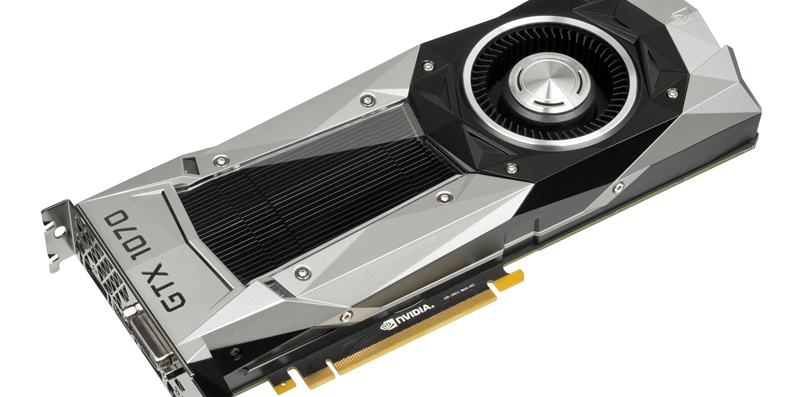The world of graphics cards is abuzz with rumors of a potential game-changer from AMD. According to a new report, the company is allegedly working on a graphics card that promises to deliver performance on par with the mighty Nvidia RTX 4080, but at a fraction of the price. This could be a major breakthrough in the market, offering a powerful and budget-friendly option to consumers.
Affordable options in the graphics card market
One of the major pain points for many consumers in the graphics card market is the lack of affordable options. The current generation of graphics cards is dominated by high-end, expensive options, leaving a significant portion of the market unserved. However, if the reports hold true, AMD’s new offering has the potential to address this problem. By providing a card with comparable performance to Nvidia’s flagship at a more accessible price point, AMD could fill a significant gap in the market.
Rumors about the AMD Radeon 8000 series
According to the latest report, the mid-range options of the upcoming AMD Radeon 8000 series are expected to fall within the price range of $400 to $600. This positions them as appealing choices for consumers who demand solid performance without breaking the bank. Furthermore, there are rumors suggesting that AMD might leave the high-end graphics card market to Nvidia in the next generation. If true, this strategic move would allow AMD to focus on the mid-range segment, where the majority of consumers reside.
AMD’s challenges in ray tracing
While AMD has made significant strides in recent years, it still lags behind Nvidia in terms of ray-tracing technology. Ray tracing has become a sought-after feature in modern games, providing realistic lighting and reflections. Nvidia’s RTX series boasts superior ray-tracing capabilities compared to AMD’s offerings. However, with the promise of a budget-friendly, high-performance card, AMD could attract a wider audience – one that values affordability over bleeding-edge ray tracing.
Nvidia’s Advantage: DLSS 3 vs FSR 3
Nvidia also holds an advantage over AMD with its DLSS 3 technology. DLSS, or Deep Learning Super Sampling, is an upscaling technique that enhances frame rates by taking a lower resolution frame and upscaling it to a higher one. On the other hand, AMD’s FSR 3, or FidelityFX Super Resolution, is its answer to DLSS, but it is yet to be seen how it will perform and whether it can match Nvidia’s offering. AMD needs to deliver an effective upscaling solution to close the gap and compete effectively with Nvidia.
Insights from YouTube leaker
YouTube leaker Moore’s Law is Dead has provided some intriguing insights into AMD’s roadmap. In one video, he mentioned a high-end AMD Radeon RX 8000 graphics card codenamed Navi 4C. According to him, this beastly card would have featured three Shader Engine Dies stacked on top of each Active Interposer Die, resulting in an incredibly powerful card with nine separate Shader Engine Dies. However, it seems that this high-end card was not meant to be, as the price point would likely have been prohibitively expensive for most consumers.
Potential challenges for the high-end card
While a high-end powerhouse like the rumored AMD Radeon RX 8000 may showcase top-tier performance, its high price tag could be a barrier for many potential buyers. The graphics card market is already accustomed to pricey components, and AMD’s struggles with ray tracing further complicate matters. Asking a premium price for a card that lacks the cutting-edge technology offered by Nvidia could pose a challenging proposition for AMD.
The reported development of a graphics card that rivals the performance of Nvidia’s RTX 4080 at a significantly lower price is undoubtedly exciting news. If AMD manages to deliver on this promise, it could revolutionize the graphics card market, offering a powerful and budget-friendly option to gamers and professionals alike. However, challenges remain, particularly in the realm of ray tracing and upscaling technology. The battle between AMD and Nvidia continues, and it will be fascinating to see how these two giants compete in the coming generations of graphics cards.

